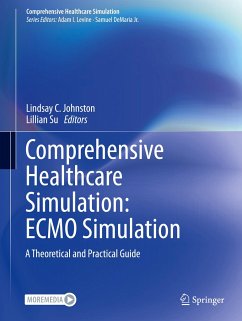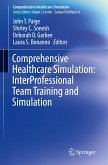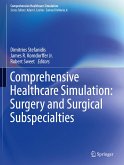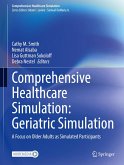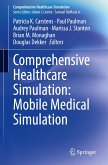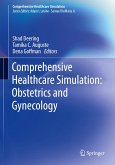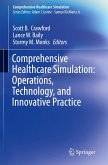This book focuses on the technical, cognitive, and behavioral skills needed to implement an extracorporeal membrane oxygenation (ECMO) simulation program. It describes these programs on the individual, team, and hospital system level, and includes the history of ECMO simulation, its evolution to its current state, and future directions of technology and science related to ECMO simulation.
Divided into six sections, chapters describe both the theoretical as well as the practical aspects of ECMO simulation, including a pictorial guide to setting up an ECMO simulation circuit and how to recreate ECMO emergencies. It is a pragmatic guide that emphasizes the necessary practical items and discussions necessary to plan, set-up, orchestrate, and debrief ECMO simulations for different types of learners in different
Comprehensive Healthcare Simulation: ECMO Simulation - A Theoretical and Practical Guide is part of the Comprehensive Healthcare Simulation Series, and this book is intended for educators, simulation technologists, and providers involved in ECMO programs who recognize the value of simulation to improve ECMO outcomes.
Divided into six sections, chapters describe both the theoretical as well as the practical aspects of ECMO simulation, including a pictorial guide to setting up an ECMO simulation circuit and how to recreate ECMO emergencies. It is a pragmatic guide that emphasizes the necessary practical items and discussions necessary to plan, set-up, orchestrate, and debrief ECMO simulations for different types of learners in different
Comprehensive Healthcare Simulation: ECMO Simulation - A Theoretical and Practical Guide is part of the Comprehensive Healthcare Simulation Series, and this book is intended for educators, simulation technologists, and providers involved in ECMO programs who recognize the value of simulation to improve ECMO outcomes.

